What Is a Residential Building?
Important Point
A residential building is one or more family dwellings, lodging or boarding houses, hostels, dormitories, apartment houses, flats, and private garages in which sleeping accommodation is provided for conventional residential purposes, with or without kitchen or dining facilities.
What Is Residential Construction?
Individual and multi-family dwellings are built and sold in the residential construction industry. The market is divided into single-family homes, manufactured homes, duplexes, quadplexes, apartments, and condominiums. Mobile homes and pre-built houses are two types of manufactured housing. The size and scope of the operations are the main differences in the business.
In its most basic form, a builder purchases a plot of land, clears and grades it, and constructs roads, walkways, drainage, trash removal, and electrical and water services. Depending on the market he is seeking to service, the builder then offers to build custom homes, pre-designed homes, or pre-manufactured homes.
In some cases, a builder may construct one or more homes on speculation, or “spec,” meaning that he constructs the home without having a ready buyer in the hopes that a buyer will materialize once the property is completed.
Each builder must operate in a similar manner to a factory, with a consistent flow of product. In layman’s terms, this means that the builder requires a ready supply of developed land, a pool of skilled and semi-skilled laborer’s, dependable suppliers who provide materials at competitive prices, working capital to cover labor, supply, and living expenses while the homes are being built, and a marketing strategy.
The most successful builders can keep at least one construction crew occupied all of the time. This means that three to six houses will be under development at any given moment.
The foundation, framing, plumbing, wiring, HVAC, drywalling, cabinet making, trim carpentry, bricklaying, painting, and cleaning workers will be able to move easily from one house to the next.Builders that are unable to keep a full crew roster busy are forced to spend time coordinating and scheduling notoriously unreliable independent workers.
Delays are unavoidable, either causing expenses to rise as a result of overtime or delaying the ultimate completion of the project.
Financing can be a major stumbling block as well. The housing market is highly cyclical. As a result, interest rates fluctuate, as does the willingness of lenders to provide the interim financing that a builder requires to stay in business.
If a builder wants to avoid being stuck with a growing inventory of completed homes and subsequent bank pressures, he or she must be realistic and forecast interest rate and housing demand trends.
Some builders gain more flexibility by building custom homes with higher profit margins. In this market, a few days of delay or a few cost overruns usually do not result in a loss for the builder. Others gain versatility by incorporating unusual materials and components. These can sometimes result in higher costs, but they can save the homeowner money over time, as in the case of better-than-average installation.
Definition of Residential Building
All buildings intended for private occupation, whether permanent or temporary, are classified as residential buildings. Single-family, mobile, cottage, semi-detached, row home, and apartment building are the different types of dwellings.
Types of Residential Buildings
Here, the different types of residential buildings are as follows.
1. Single-Family Home
Residences built on a single land with no shared walls are known as single-family homes. A garage, whether attached or detached, is sometimes present.
Single-family homes typically have greater privacy and space than other types of residences, as well as private front and back yards. You are free to express yourself with any style of home design because you do not share the land with anybody else.
This style of home necessitates a lot more maintenance, and the homeowner is responsible for all of the costs. You share the costs of yard upkeep, plumbing, roofing, and building amenities in condos and townhomes.
2. Condominiums
Condominiums are individual units that are part of a bigger complex or community. Condos usually share a wall or two with other apartments and are subject to homeowners’ associations, which charge monthly or yearly dues. They’re popular in high-density metropolitan areas with lots of restaurants and businesses.
The homeowner bears only a little amount of duty for maintenance and upkeep. For example, if your roof leaks, you can split the cost with other residents rather of paying for the entire repair. Furthermore, some condos provide amenities such as gyms, lounge rooms, pools, and other features that you would not be able to buy or fit into a single-family house.
Condominium homeowners’ associations frequently place restrictions on the types of remodeling you can perform, as well as pet and rental restrictions. Hoes want consistency and safety; you don’t want one homeowner replacing doors and windows that aren’t up to code or installed safely!
3. Townhouse
A townhouse is a cross between a condominium and a single-family residence. They’re usually multi-story buildings with one or two common walls and a small yard or rooft deck. They’re bigger than a condo but not as big as a single-family home.
A townhome often provides greater privacy than a condo. Some have homeowners associations (HOAs) or joint maintenance agreements (JMAs) to share upkeep costs. They are usually less expensive than a single-family home. Townhomes don’t normally come with common amenities like a gym or a pool, but they aren’t as private as a single-family house either.
4. Co-Op
Cooperatives, often known as co-ops, are a unique manner of owning a piece of property in a common facility. You own the area within your unit in a condo, but everyone in a co-op owns the building as a whole. Because of the shared obligation, becoming a member of the community generally necessitates an interview procedure.
Because co-op owners frequently handle upkeep as a group, their HOA dues are usually lower. They are also less expensive than equivalent condominiums. You and your neighbors share financial responsibility for the entire building, which means that if someone fails to pay their co-op mortgage, the bank may foreclose on the entire building.
A co-op loan is more harder to obtain than a condo loan; most require a larger down payment, and some banks will not support it.
5. Multi-Family Home
Multi-family dwellings are the least prevalent type of residential structure. They are primarily single-family homes that have been divided into two or more units. They can be rowhouse-style or multi-story, with sizes ranging from a duplex to a four-plex; anything with more than four units is deemed commercial.
Some multi-family homes have separate entrances for each apartment, while others have a shared main entry. The difference between multi-family apartments and condos is that the units cannot be acquired separately; there is only one owner for the entire building.
Multi-family homes are perfect for those looking for an investment property: many people choose to live in one unit while renting out the others for income, or just rent out all of them.
They are also an excellent choice for multi-generational households because they allow family members to reside in the same building yet each have their own unit. Multi-family dwellings are a cross between a single-family home and a condominium. The units are typically smaller and less private than single-family residences.
Site Selection for Residential Buildings
1. Building Purpose
This is the most critical thing to consider before purchasing or choosing a home site. The site should be chosen with the overall scope or purpose of the building in mind, as well as the amount or privacy required.
2. Excellent Neighborhood
The site should be located in an area that is either completely developed or rapidly developing. To ensure comfortable living conditions, it is generally preferable to live in a neighborhood where the neighbors are of equal social standing and are social and friendly.
3. Facilities Available
The site should be located in an area with the various amenities listed below.
- Serving in the community
- Services related to utilities
- Amenities
- Facilities for shopping
- Transportation modes
4. Laws of Government
A site inside the confines of an area where the local authority’s by-laws enforce restrictions on the proportions of plots to be built up, vacant spaces to be left in front and sides, building heights, and so on, should be favoured.
5. Shape & Size
The plot area should be designed to satisfy the owner’s requirements and preferably with potential future additions, taking into account the limits of the local authorities. The site should not be shaped irregularly or sharply.
6. Terrain Condition
This location should be located on an elevated spot and evenly sloped to provide for good, fast drainage of rain water from one end to the other.
7. Type of Ground Soil
The site’s ground soil should be sufficient for the desired structure to be economically based without causes and concerns. In general, rock, sand, or dense soil less than 60 to 120 cm of light soil, or black cotton soil, should be on the site for most satisfactory constructions.
8. Light & Air Natural
The site should be located so that natural light and air are not obstructed.
9. Environmental Condition
The place should be available in a town that creates good living and working conditions through natural beauty and the environment. The environment is also affected by the nearest manufacturing plants, kilns, etc.
10. Aspects Legal & Service
Before purchasing a parcel, appropriate consideration should be given to the legal and financial elements which define ownership rights and the costs.
Residential Building
Residential building means a building in which sleeping accommodation is provided for normal residential purposes, with or without cooking or dining facilities, and includes one or more family dwellings, lodging or boarding houses, hostels, dormitories, apartment houses, flats and private garages of such buildings.
Residential Flat Roof
Flat roofing may initially appear to be entirely flat with a wide surface. It may not be too obvious but even if it seems flat, there are slight slopes and pitches to drain or shed water. Flat roofs have unique qualities that make them a great option not only for commercial use but also for your homes.
Estimating for Residential Construction
- Check Dimension of Each Block Is Provided or Not.
- Check Schedule of the Opening Is There.
- Check Specification of Work.
- Check the Thickness of the Wall Is Same or Changes.
Residential Roof Construction
Modern timber roofs are mostly framed with pairs of common rafters or prefabricated wooden trusses fastened together with truss connector plates. Timber framed and historic buildings may be framed with principal rafters or timber roof trusses. This is accomplished by using metal ties fastened to each rafter or truss.
Residential Flat Roof Construction
Flat roofs are found in both residential and commercial applications. They’re constructed from wood, steel or concrete and have some form of barrier to prevent water intrusion.
Residential Construction Takeoff Services
Designed for contractors, developers, lenders, owners, and architects. Performing takeoffs for jobs can be very time consuming. Our construction estimating services are designed to take the load off your shoulders so you can run the other parts of your business.
Residential Construction Estimating Services
For planning the construction of residential buildings, a proper cost estimate gives the idea of the potential costs that helps calculate markups, allocate budget, obtain financing, quote prices to the clients, and negotiate with contractors and subcontractors through our residential estimating services.
Residential Home Contractors
It’s common knowledge that residential homes are designed for people to live in while commercial properties are utilized to work in. A licensed general contractor can reconstruct various residential home types, such as: single family homes. Duplex, triplex, and fourplexes.
Building Contractors Residential
For the residential building contractor, the tasks involve mainly overseeing the construction of residential homes, any type of residential home, whether row house, detached, etc. On the other hand, commercial building contractors handle building projects on business establishments.
Residential Flat Roof Cost
In most cases, the general cost per square of flat-top roof is somewhere between $350 and $1200, which means that a square foot of a new flat top roof, fully installed, including labor, can cost between $3.50 and $12.00.
Luxury Residential Building Design
Designing a luxury residential building involves creating a space that combines elegance, comfort, and high-end features. Here are some key aspects to consider when designing a luxury residential building:
- Architecture and Exterior Design: The building’s architecture should be visually appealing and distinctive. Incorporate unique design elements, such as grand entrances, balconies, terraces, or rooftop gardens. Use high-quality materials, such as stone, glass, or metal, to enhance the building’s aesthetic appeal.
- Spacious Interiors: Luxury residences often feature spacious and open floor plans. Consider incorporating large living areas, high ceilings, and expansive windows to create a sense of grandeur and maximize natural light.
- High-end Finishes: Choose high-quality finishes and materials throughout the interiors. This can include marble or hardwood flooring, luxurious carpets, custom millwork, and premium fixtures and fittings.
Residential Building Construction Costs
While the average cost to build a house was $285,956 in 2022, most homeowners spend $111,892 – $460,414 to build their homes. Even though you can get a general idea of what you may pay, it’s important to keep in mind that there are numerous factors that will impact the cost to build.
Residential Building Materials Suppliers
There are numerous residential building materials suppliers available that provide a wide range of products for construction and renovation projects. Here are some well-known suppliers that cater to residential building materials:
- Home Depot: Home Depot is a popular home improvement retailer that offers a vast selection of building materials, including lumber, roofing, siding, insulation, flooring, windows, doors, and more. They have both physical stores and an online platform for easy accessibility.
- Lowe’s: Lowe’s is another major home improvement retailer that provides a comprehensive range of residential building materials. They offer products such as lumber, roofing, flooring, paint, lighting, appliances, and various other construction and renovation essentials.
- Builders FirstSource: Builders FirstSource is a supplier of building materials and services, serving residential construction professionals. They offer a wide range of products, including lumber, windows, doors, roofing, siding, cabinets, countertops, and more.
Residential Building Permits and Regulations
Residential building permits and regulations vary by country, state, and local jurisdiction. The following information provides a general overview of the processes and regulations typically involved in obtaining residential building permits:
- Local Building Codes: Local building codes outline the minimum standards and requirements for construction and renovation projects. These codes cover aspects such as structural integrity, fire safety, electrical systems, plumbing, and accessibility. It is essential to familiarize yourself with the specific building codes enforced in your area.
- Permit Application: Before starting a residential construction or renovation project, you generally need to submit a permit application to the appropriate local building department. The application usually includes details about the project, such as architectural plans, engineering calculations, site surveys, and specifications for materials and systems.
- Plan Review: The building department will review your permit application, ensuring compliance with local building codes. They may request modifications or additional information before approving the permit. The review process can take several weeks, depending on the complexity of the project and the workload of the department.
Residential Building Codes
Residential building codes are sets of regulations that define the minimum standards for the construction, alteration, and maintenance of residential buildings. These codes are established by national, state, and local authorities to ensure the safety, structural integrity, and habitability of residential structures. While specific codes may vary depending on the jurisdiction, here are some common areas covered by residential building codes:
- Structural Requirements: Building codes specify the minimum standards for the design and construction of the building’s structure, including foundations, framing, load-bearing walls, roofs, and floors. They ensure that the structure is capable of withstanding environmental loads, such as wind, snow, and seismic forces.
- Fire Safety: Building codes address fire safety measures, including requirements for fire-resistant materials, smoke detectors, fire alarms, fire suppression systems, and emergency exits. They also stipulate the minimum distance between buildings to reduce the risk of fire spreading from one structure to another.
- Electrical Systems: Codes regulate the installation and design of electrical systems to ensure safety. They cover aspects such as wiring, grounding, electrical panel placement, and the use of electrical fixtures, outlets, and appliances.
- Plumbing and Sanitation: Building codes provide guidelines for plumbing systems, including the installation of pipes, fixtures, and wastewater disposal. They address water supply, drainage, sewer connections, and proper ventilation to maintain sanitary conditions.
Residential Building Meaning
Residential building refers to a structure or a complex of buildings primarily designed and constructed for residential purposes. It is intended to serve as a dwelling or a place of residence for individuals or families. Residential buildings are typically designed to provide living spaces, amenities, and facilities that cater to the needs and comfort of residents.
Residential Building Examples
A residential building is a structure that is primarily used for people to live in, usually as their primary dwelling. This can include houses, apartments, townhouses, condominiums, mobile homes, and other types of structures where people reside.
What Is Residential Building?
A residential building is a building containing separate residences where a person may live or regularly stay. Each residence contains independent cooking and bathroom♦ facilities and may also be known as an apartment or a condominium.
What Is Residential?
“Residential” refers to an area or property that is used primarily for housing or living purposes. It pertains to residential buildings, neighborhoods, and communities where people reside and call their homes. In the context of real estate, “residential” often refers to properties that are designated and zoned for residential use.
What Is Residential Construction?
Residential construction consists of those projects involving the construction, alteration, or repair of single family houses or apartment buildings of no more than four floors in height.
Residential Construction Cost Per Sq Ft
Builder-grade new house construction costs around $150 per square foot, while luxury or custom homes can cost as much or as little as financing allows.
Residential Construction Companies
The top 10 residential construction companies for 2020
- D.R. Horton.
- Lennar Corp. 2019 revenue: $20.6 billion.
- PulteGroup. 2019 revenue: $9.9 billion.
- NVR. 2019 revenue: $7.2 billion.
- KB Home. 2019 revenue: $4.5 billion.
- Taylor Morrison. 2019 revenue: $4.6 billion.
- Meritage Homes Corp. 2019 revenue: $3.6 billion.
- Toll Brothers
Residential and Commercial Construction
For example, residential projects are likely to involve wood framing, while commercial projects are framed with wood, steel, or concrete. While steel-slope roofing materials are most common for single-family homes, commercial structures are usually constructed with low-slope roofing materials.
Like this post? Share it with your friends!
Suggested Read –
- Parts of Building
- Types of Sewer Systems for Homes
- Top Residential Roofing Companies
- What Is Leveling | Leveling Methods
- What Is EDM in Surveying | Type | Errors
- What Is Transit Theodolite | Theodolite Parts
- What Is Traversing in Surveying | Types | Method | Definition
- Difference Between Marble and Granite | What Is Marble and How Is It Made | What Is Granite and How Is It Made
- What Are Walls | What Is Interior Walls | Types of Interior Wall Materials | Types of Wall Construction | Types of Load Bearing Wall
- Building Layout | How to Building Layout | What Is Method of Layout of Building | Control Lines of Construction | Construction Layout
- Emulsion Paint Vs Oil Based Paint | Purpose of Providing Paints | Properties of Good Paint | Properties of Good Paint | What Is Oil Based Paint
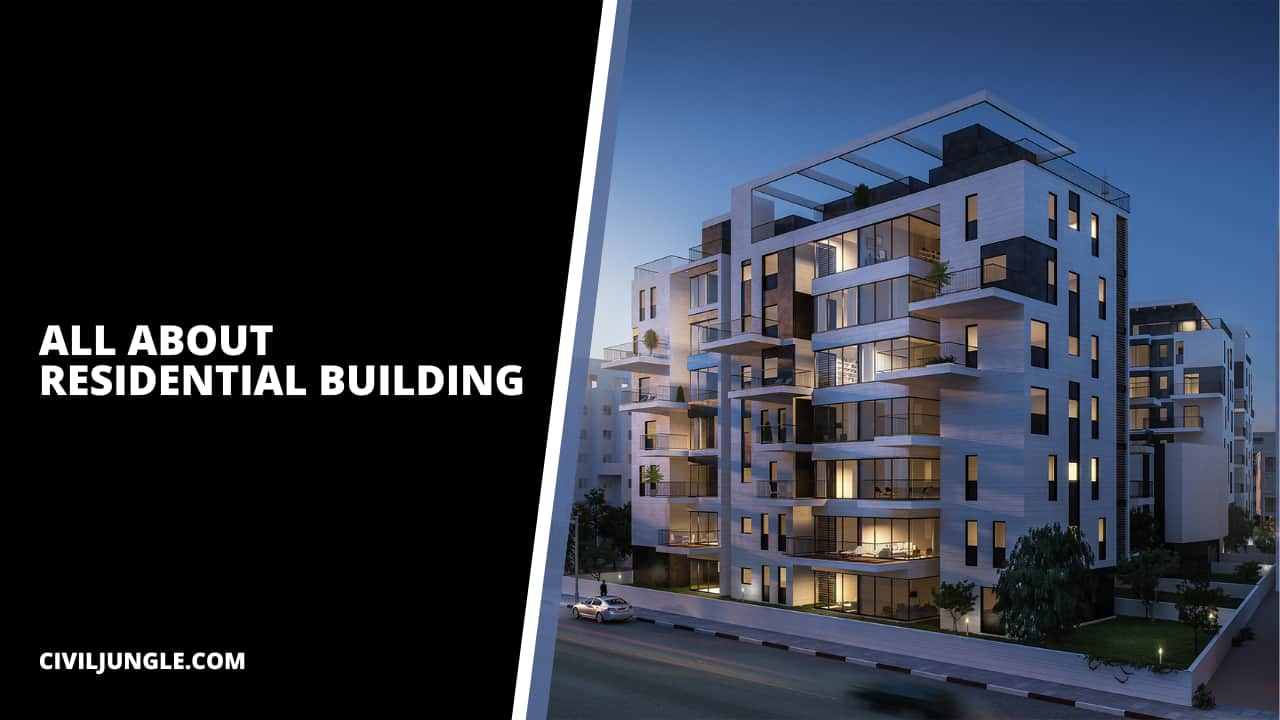
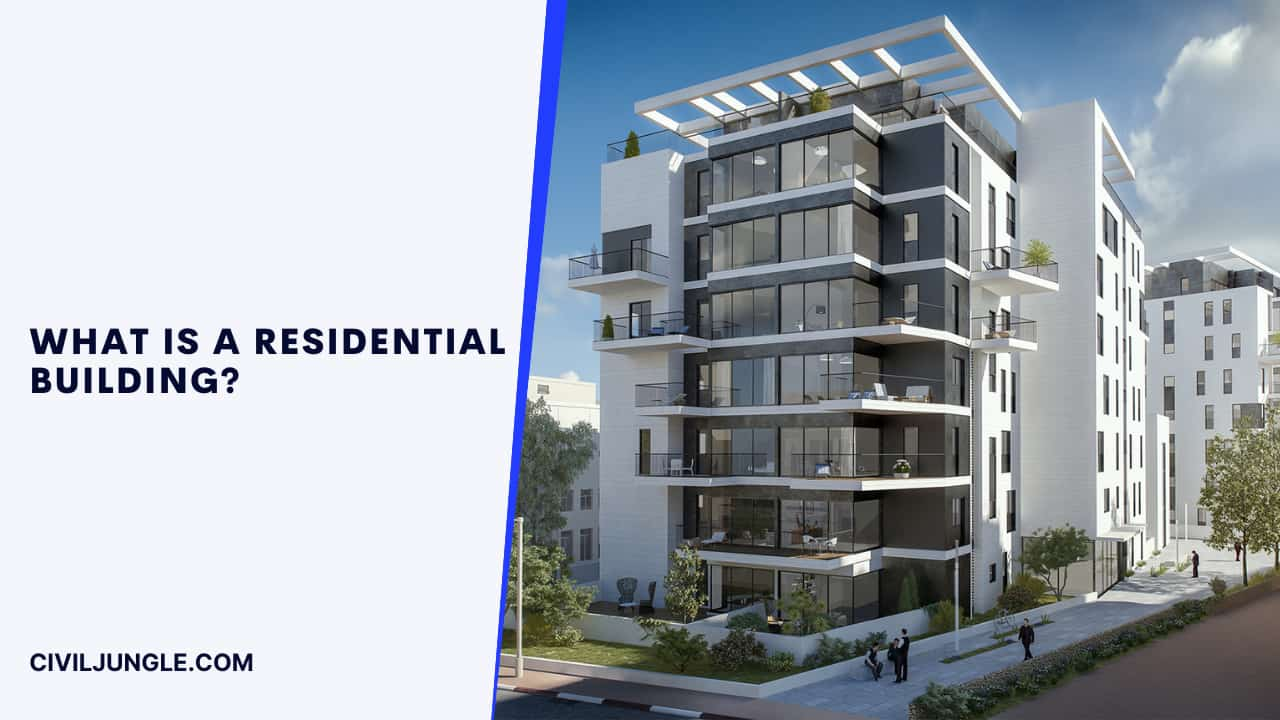
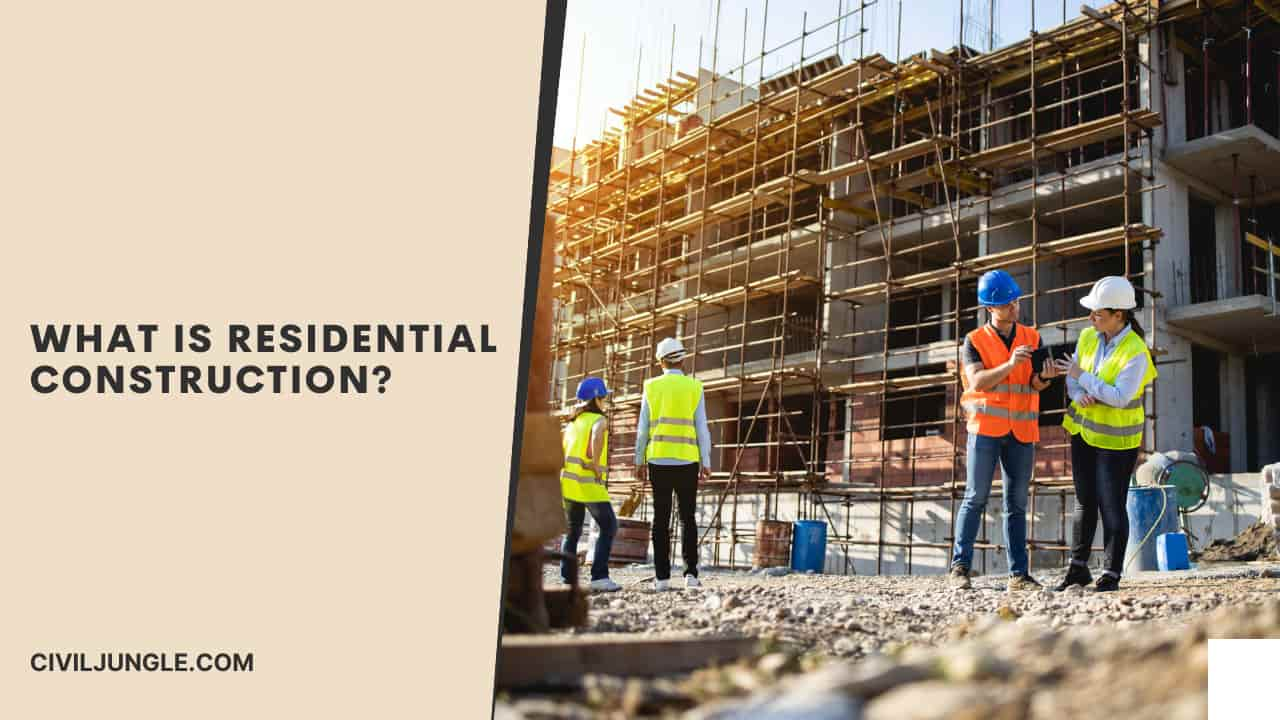
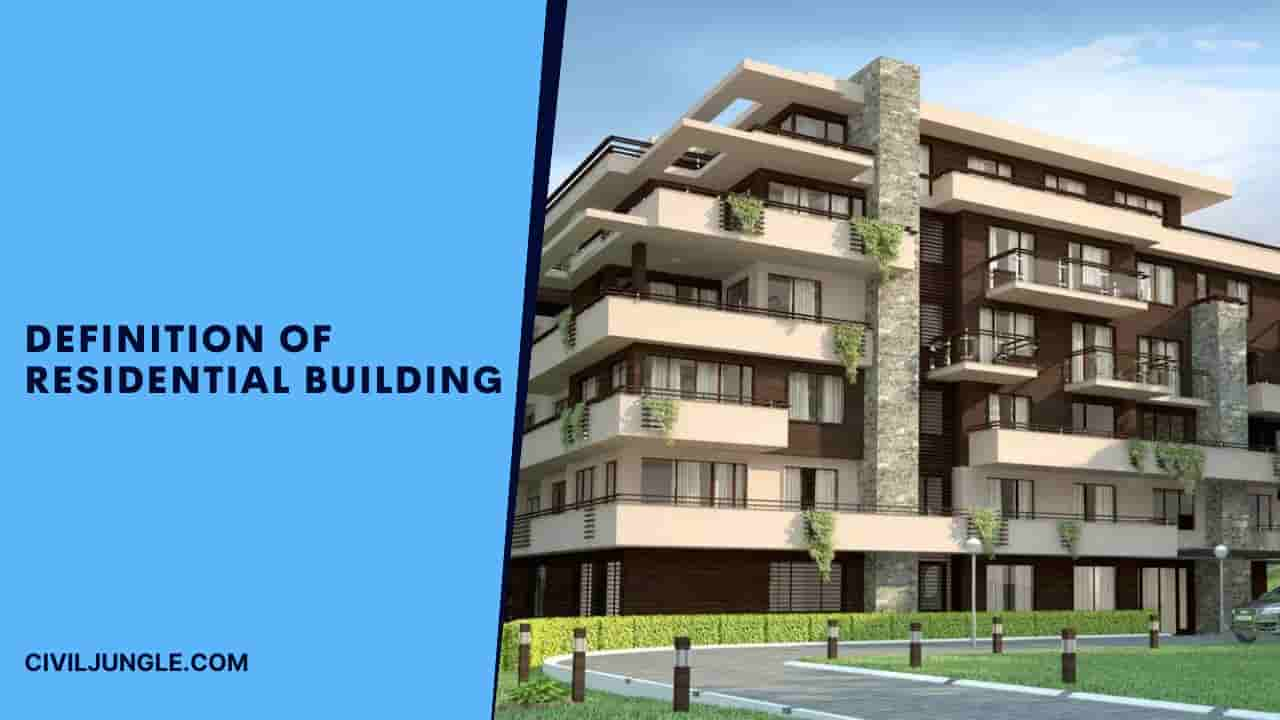
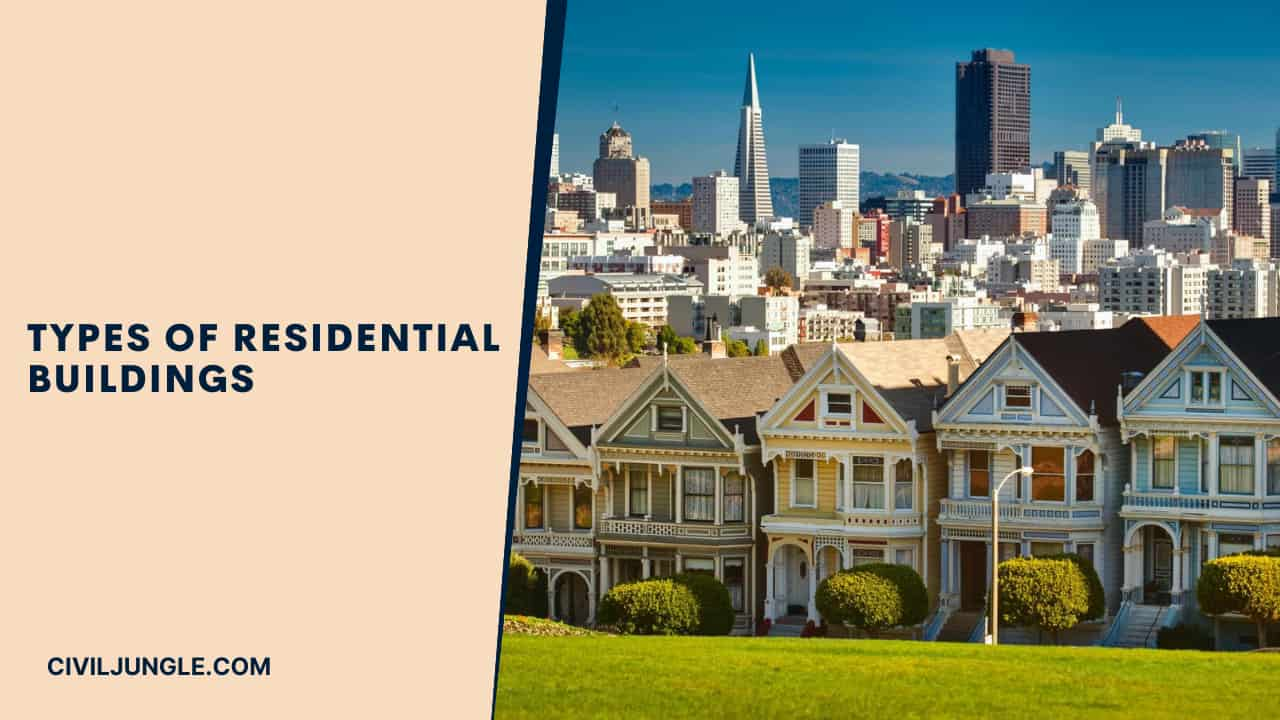
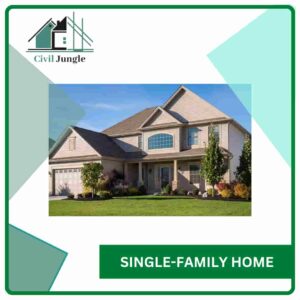
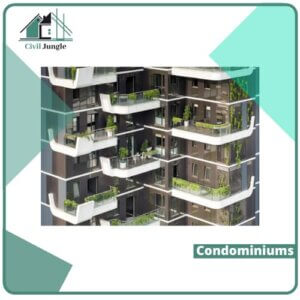
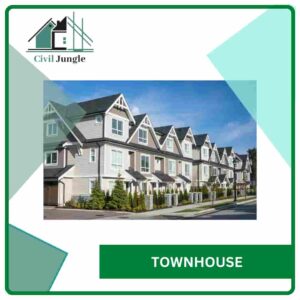
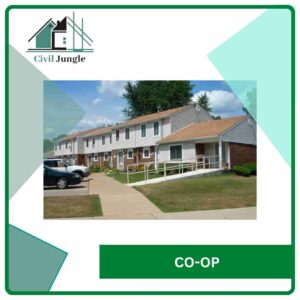
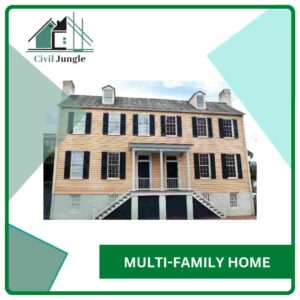
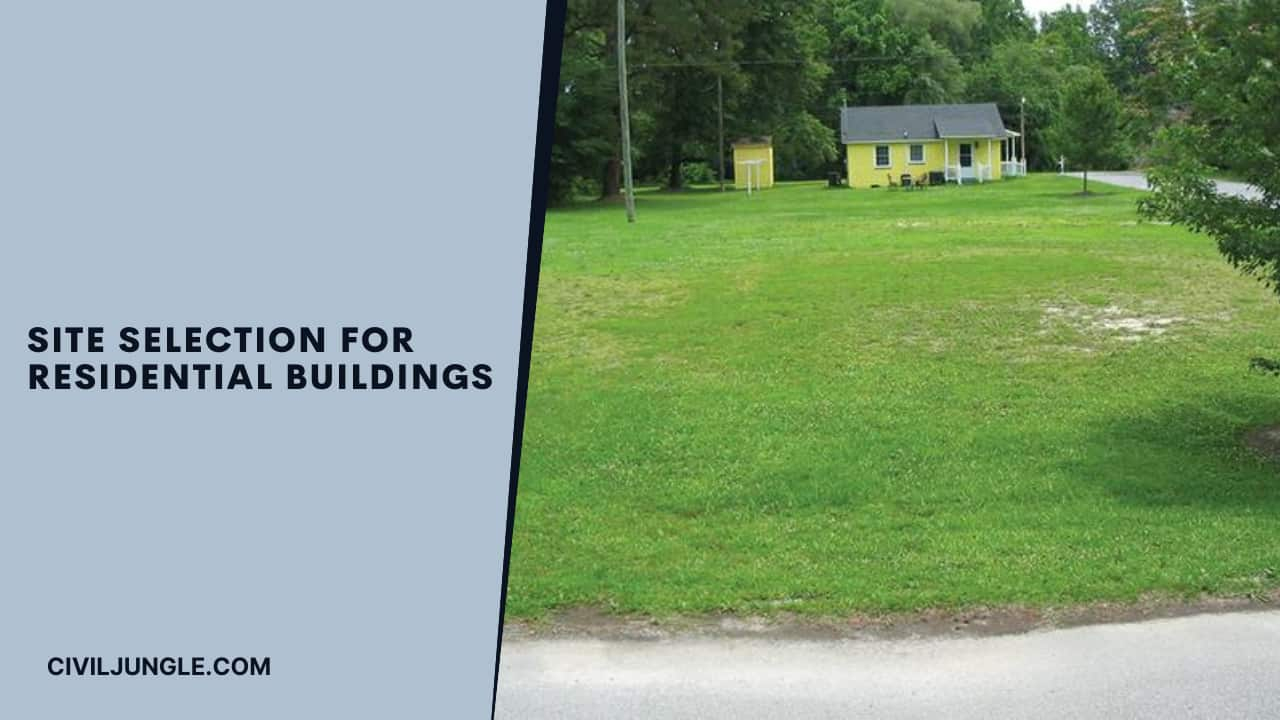
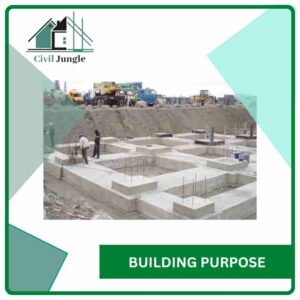
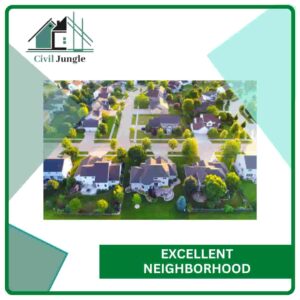
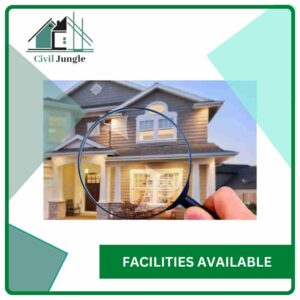

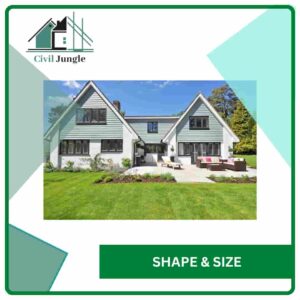
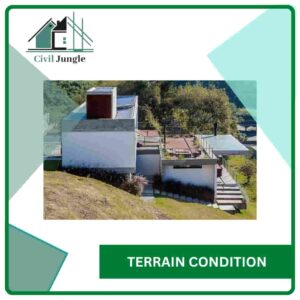

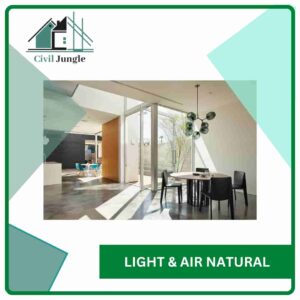
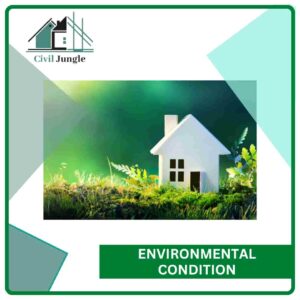


Leave a Reply